|
This is one of those questions often asked as a joke. Kind of like “Why is there only one word for thesaurus?” Or… “Do fish get cramps after eating?” Or… “What do little birdies see when they get knocked unconscious?” Or… “Is boneless chicken considered to be an invertebrate?” Those are just silly questions (or are they?), but it occurs to me that the sour cream question could actually be legitimate. After all, sour cream is a dairy product created by subjecting regular cream to bacteria cultures. The bacteria turn the lactose into lactic acid, which is sour. The process also thickens the cream. So, if the cream has already been “attacked” and soured by bacteria, why bother with an expiration date? Well, these good bacteria that sour the cream by making lactic acid are not particularly well trained. Nor are they sentient. Nor would they care what we think even if they were sentient. What I’m trying to say is, the bacteria have no interest in stopping what they like to do, which is gobble up lactose then “poop” out lactic acid (which people gladly pay good money to consume, by the way). Nope, these bacteria will just keep on keeping on. Therefore, when the cream gets just enough bacteria poop to taste yummy to humans, the humans put the stuff in the refrigerator to slow down the bacteria, then they slap a price tag on it and sell it. Do the bacteria know about the refrigerator and the price tag and the selling? Of course not. They keep on eating and pooping, although at a much slower rate. Eventually, even in the fridge, they will make your sour cream have too much lactic acid (as well as other waste products), and then your sour cream has officially gone sour. It will be sour sour cream. Oh, and don’t forget there are other bacteria, not to mention mold, that would happily gobble up your sour cream. Those little critters start getting into your sour cream the moment you open the container, and they produce waste products that are nasty. In fact, some of those waste products can turn you into a double-barreled Old Faithful (although less pleasant to watch). So, it’s wise to pay attention to the expiration date. And one more thing… don’t try to make sour cream by letting your regular cream sit out and turn sour. Real sour cream is made by first pasteurizing the cream (killing the bad bacteria), then carefully introducing the good, lactose-munching bacteria, all in a sterile, clean environment. Photo Credit: - Sour cream - Stan C. Smith
0 Comments
Did you know you can tell how old a whale is by looking at its ear wax? All cetaceans (whales, dolphins and porpoises) make earwax, just like people do. In sperm whales and some baleen whales, this ear wax builds up over time, forming layers and creating an earwax plug in the ear canal.
Now, in people, a big earwax plug can interfere with our hearing. Not so in whales. Remember, whales listen underwater. The earwax plug is about the same density as the water, so it actually helps transmit the sound waves to the whale's eardrum. The earwax plug actually works as a hearing aid. If the whale's ear canal contained air, this wouldn't work. Anyway, if you slice a whale earwax plug lengthwise, you will see layers, similar to tree rings. The dark layers form when the whales are migrating (not eating). The light layers form when the whales are feeding. So, these layers correspond to the whale's cycle of migrating and eating. Blue whales, for example, migrate each year, so each dark layer represents one year of the whale's life. Scientists have been using earwax to determine whale age since the 1950s. ABCDEFGHIJKLMNOPQRSTUVWXYZ. Seriously, why? Why in the name of all that is holy does M have to come before N? This specific order is one of the first things we learn in school, but we never ask why! I understand why numbers need to be in a specific order. They’re numbers, that’s why. But letters don’t represent quantity. They are simply symbols used to make words. They don’t have to be in any particular order. If you scrambled the entire alphabet and started teaching the new scrambled order of letters in elementary schools, what difference would it make? An R is still an R no matter where you put it in the sequence. It still has the same properties. Pirates will still say Arrrr. Of course, if we rearrange the alphabet, that would mess up some things. Dictionaries would definitely have to be rearranged. But regardless, it all just seems so… random.
To solve this particular mystery, we need to go back in time. In ancient Egypt, the workers and slaves (you know them… those lowly workers who built the pyramids and farmed the land along the Nile river) were not given the opportunity to learn the complex system of hieroglyphics used there. So, they developed their own basic system of symbols, which turned out to be the basis of almost all modern alphabets used today. The Egyptians eventually started using this system, and the Phoenicians (a group of seafaring traders who lived on the coast of the Mediterranean Sea) took the system of symbols and developed it into the first fully formed alphabet. The Greeks adapted it for their needs (providing us with those letters you see on fraternity and sorority houses today), and the Romans borrowed it from the Greeks and eventually turned it into the alphabet we still use today. By the way… the Romans took the letters Y and Z, moved them from the front of the alphabet (where the Greeks had them), and stuck them at the end. The written Roman language led to Old English, which led to Middle English, which led to the modern English used today. So, back to the original question… why are the letters in the specific order as we know it? The answer? We don’t exactly know for sure. Language historians disagree. Some think it goes back to the Egyptians and how they arranged their hieroglyphics. Others think the letters used to have numbers assigned to them, and they were simply arranged in numerical order. Those numbers were lost over time, but the basic order of the letters remains. Some psychologists think it is because this particular order was chosen due to it being easy to memorize because of the nice bouncy cadence of the sounds. This last idea may seem far-fetched, but if you think about it, there’s no doubt that the order of the letters is easy to pronounce and to memorize. To me, it’s kind of like supercalifragilisticexpialidocious. This word was carefully created to be easy to memorize and pronounce. Just like the alphabet. While hiking the other day, we saw the frog pictured below. The night before, the temperature had dropped to below freezing. Yet this critter seemed happy and active. Frogs never fail to surprise me. At first glance, this looks like a young bullfrog (a very common frog in the midwest US). But this is actually a green frog (Lithobates clamitans). The bullfrog grows much larger, but a younger one looks a lot like a green frog. How can you tell the difference? See that fold of skin extending from the frog's eye all the way down the length of its body? That's a sure sign this is a green frog. Bullfrogs only have the fold that wraps around the tympanum (the circular structure behind the frog's eye that serves as an eardrum). By the way, the tympanum also allows you to determine if the frog is male or female. In this photo, see how the tympanum is much larger than the frog's eye? This means it's a male. If the tympanum is equal to or smaller than the eye, it's a female. This is true for green frogs and bullfrogs. Photo Credit: Green frog - Stan C. Smith Life's Great Mysteries - At any given moment, are cell phone calls going through my body?12/21/2023 Think about it. Millions of people are making calls all the time. The phone calls from these cell phones (in the form of radiofrequency waves) go to nearby cell towers, which then transmit the waves all over heck and gone. These phone calls and texts and photos and funny cat videos are going through walls and trees and clouds and, of course, people. At this very moment, someone’s conversation about their favorite movie might be passing through your body. Someone is asking someone else out for their first date, and the person’s life-changing answer is flying directly through your heart. Someone is texting a picture of the Cajun gumbo dinner they are eating, and the picture is passing right through your stomach and intestines. Come to think of it, what about all those television and radio signals? A rerun of the original Star Trek series may be passing through your noggin right now. Oh, the things we could learn if we could detect and understand all these signals passing through us!
Is this really happening? As it turns out, yes and no. As you probably know, a cell phone won’t work well in a deep basement or behind really thick walls. That means there are limits to what radiofrequency waves can pass through. The human body is mostly water, and water can block the waves. So, your body partially blocks (absorbs) some of the waves. A human body isn’t all that thick (though mine is thicker than it used to be), so some of the waves do pass all the way through. This begs the question, with all these radiofrequency waves passing through us, is it dangerous? As it turns out, the answer is, not really. Because it depends on how much of it we are getting. The radiofrequency waves coming from a cell phone are very weak. The waves from a large cell tower are much stronger, but they are directed at the horizon, not at the ground below them. The waves become less of a problem with distance. Basically, you don’t have to worry about it, unless you decide to climb to the top of a cell tower, pitch a tent and camp right next to the transmitter for the next ten years. Also, consider this… radiofrequency waves are not ionizing radiation like X-rays or gamma rays. They do not break chemical bonds in your body. Many, many studies have been done to see if these waves have ill effects on the body, but no adverse effects have been linked to cell phone use. On the other hand, there may be problems with addiction to funny cat videos. Did you know there are 24 species of dancing frogs, and the males of all species "dance" to attract mates? Dancing frogs (all of them are in the genus Micrixalus) live in the Western Ghats region of South India.
Okay, so why do we call them dancing frogs? When trying to attract a female, male dancing frogs stretch out their hind legs to the side, one at a time, and wave their webbed toes around in the air in a rapid motion. Kind of like a dance... well, a dance in which you only move one leg at a time, flex your toes, then do the same with the other leg. This side-kicking behavior also comes in handy when another male frog tries to crowd in and steel the female. The first male will kick the intruding male away with a quick snap of its leg. Unfortunately, dancing frogs are some of the most endangered frogs in the world, with 15 of the 24 species endangered and 2 species critically endangered. These frogs are threatened by multiple anthropogenic factors. This means factors related to human activities. As usual! Missouri isn't a desert state, so people don't usually think of cactuses growing here. (by the way, many people assume cacti is the correct plural for cactus instead of cactuses. But dictionaries recognize both versions as correct, leaving it up to the writer, and I prefer cactuses because it follows standard English grammatical rules, as opposed to the Latin cacti... so, don't blast me for using cactuses!). We do have a few cactus species here, but only one type is common enough that you might occasionally see it—the eastern prickly pear. I usually see them when I am hiking in the fall or winter because the other vegetation turns brown then, making the green prickly pear easier to spot. In the winter, the green paddle-like pads kind of dry up and become wrinkly, like this one that I found on a hillside near our house. Like many cactuses, prickly pears have sharp spines, which grow in clusters on the flat pads. The spines help the plant in two ways. They protect the cactus from being eaten by herbivores. Also, they help the plant reproduce and spread into new areas. The flat pads break off easily, and sometimes the spines make the pads stick to the feet or fur of animals. The pad breaks off, and the animal will carry it until it drops onto the ground in a new place. The pad will then take root and grow a new plant. This is a type of asexual reproduction, called vegetative cloning. Prickly pears also reproduce sexually, which is why they produce numerous large yellow flowers to attract bees and other pollinators. Photo Credit: - Prickly pear cactus - Stan C. Smith Did you know the rock hyrax, though it looks kind of like a guinea pig, is actually most closely related to elephants and manatees?
Hyraxes, native to Africa and the Middle East, have teeth, toes, and skull structures similar to those of an elephant’s. This is because hyraxes and elephants share a common ancestor. Hyraxes have strong, flat molars for grinding food, and they have two incisors that grow out to be tiny tusks. As the name suggests, rock hyraxes spend much of their time among the rocks, particularly on cliffs and hillsides. Okay, what's all this about hyraxes, elephants, and manatees? Let's dig deeper. Throughout the late Eocene (56 to 34 million years ago), many species of hyrax-like mammals (called hyracoids) thrived in Africa and the Middle East. Some were as small as a mouse, others weighed almost 3,000 pounds (1,360 kg). The descendants of these hyracoids evolved in several diverging directions. Some became the small, modern hyraxes of today. Others moved into the water, gradually becoming the sirenians (manatees and dugongs), and some became the various elephants. Sources often state that hyraxes are the closest relatives to the elephant family, but DNA evidence suggests that the manatees and dugongs might be closer. Still, they all share a common ancestor, and hyraxes have many resemblances to elephants, including their toenails, the shapes of many of their bones, the sensitive pads on their feet, small tusks, excellent hearing, good memory, and sophisticated brain functions compared to other mammals of similar size. I’m being serious here. Think about it… light is pretty persistent. After all, you can see stars that are many light years away. That means the light from those stars has traveled for years—even thousands of years—to get to your eyeball, and over all that distance and all that time the light has persisted. So, it seems logical to me that, in an enclosed room with no windows, the light from a flashlight should stay in the room even after you turn off the flashlight. After all, light is an electromagnetic wave that goes on forever…
But only if nothing absorbs it. Let’s say you’re in a room with no windows. You turn on a light bulb to light up the room, but the room gets dark again as soon as you turn off the bulb. Why? Because the light is quickly absorbed by the walls (and even by the air particles in the room). It happens so fast your eyes can’t detect it. It occurs to me that if the light wasn’t being absorbed, the room would get brighter and brighter the longer you left the light bulb on because the light would just continue bouncing off the walls, and the “old” light would remain in the room even as new light is being added. That’s a strange thought, but strange thoughts are the way I roll. Okay, let's take this a step further… what if the walls of the room are mirrors? Wouldn’t the reflected light just keep bouncing around in the room for a long time? Nope. The light still disappears in an instant, due to the fact that typical mirrors do not reflect 100% of the light hitting them. Okay, then what if we had really, really good mirrors? Like, perfect mirrors that reflect 100% of the light. Well, as it turns out, the mirrors with the highest reflectivity, made for reflecting a laser beam, have a reflectivity of about 99.999%. Therefore, the light in the room of mirrors would still disappear in an instant. You have to consider how fast light travels. If you have a little cubical room that is 10 cm wide on each side, a beam of light will bounce off the walls about three billion times in one second! So, even if the walls were made of the best mirrors in the world, with 99.999% reflection, the light would be gone in a tiny fraction of a second. So much for my idea of making a container to hold some light for when I might need it later. The other day, Trish and I were exploring an interesting property located a mile down the road from us, called Kumberland Gap. In the 1970s, the owner carefully moved about twenty old structures to this property by dismantling them at their original locations and reconstructing them here, creating an authentic "frontier town." Decades ago, they regularly opened the "town" as a tourist attraction. Recently, it was purchased by new owners, who intend to restore the place to its old glory. Anyway, we were exploring the main structures (jail, grain mill, blacksmith's shop, general store, and many more), when we saw a trail back into the woods. We followed the trail and found this old homestead-type cabin. This got me to thinking... what must it have been like to live in a place like this, deep in the woods, long before we had internet, cell phones, and other modern conveniences? And... this may surprise you, but one of the main reasons I admire those brave, resilient people is that they did not have modern insect repellant. Think about it. We have chiggers here that can ruin your whole week if you make the mistake of going into the woods for only one hour without proper protection. To the north (like in Minnesota), the mosquitoes, black flies, and deer flies will make your life miserable without insect repellent. I know, I know... those people had to use an outhouse, they canned their own food, and they worked their fingers to the bone with countless other tasks. But I am most in awe of the fact that they did all of this without Off or Repel! I gotta respect them for that. Photo Credit: Kumberland Gap cabin - Stan C. Smith |
Stan's Cogitations
Everyone needs a creative outlet. That's why I write. Archives
April 2024
|

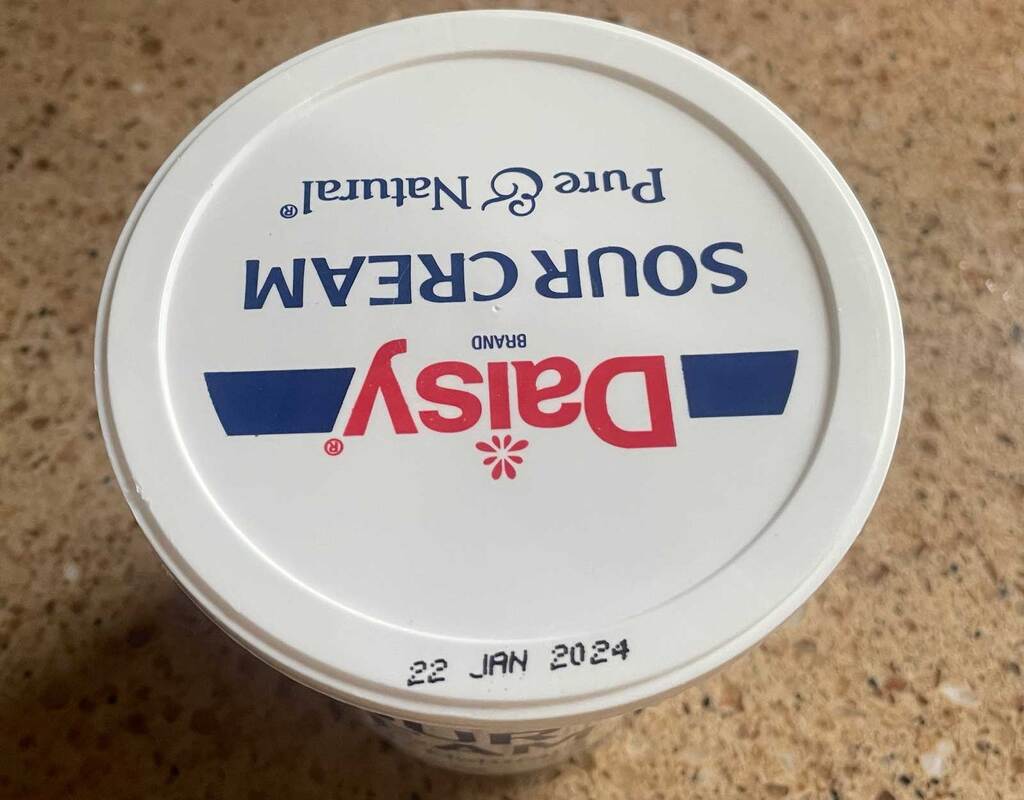
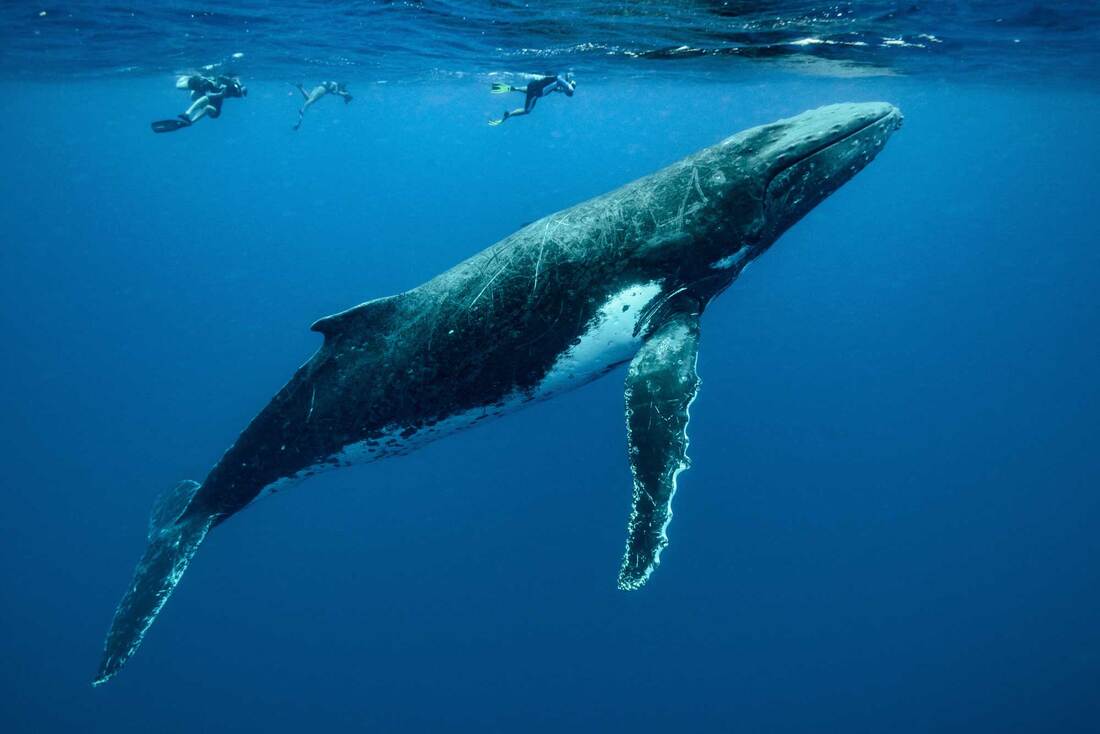

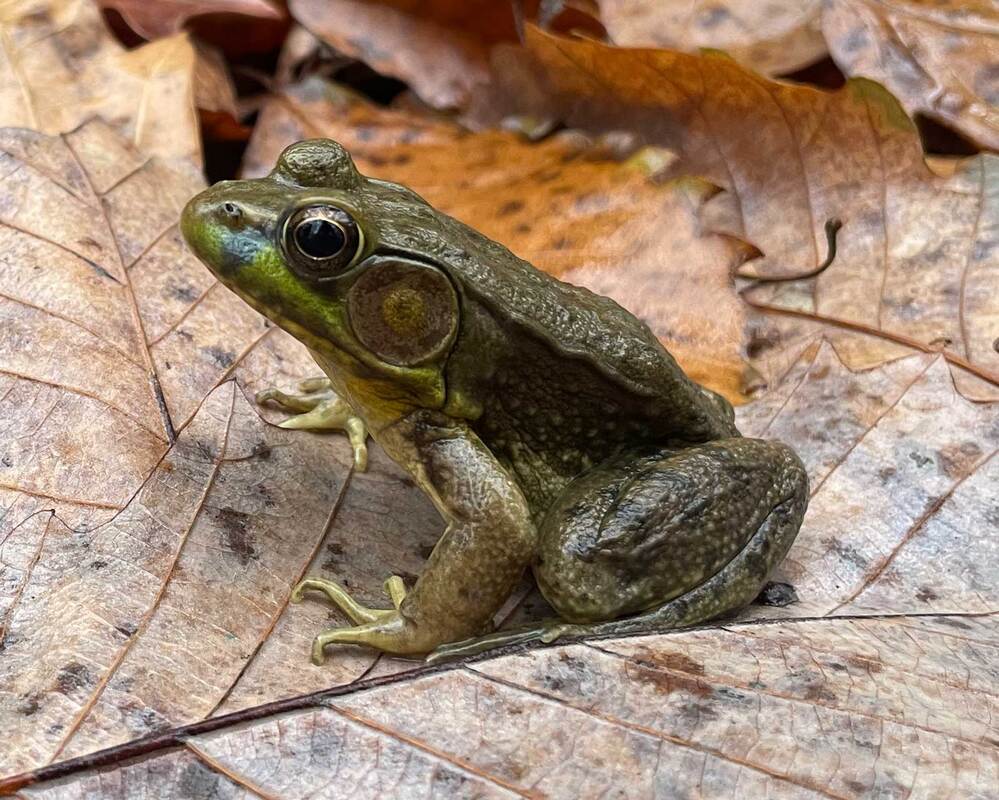
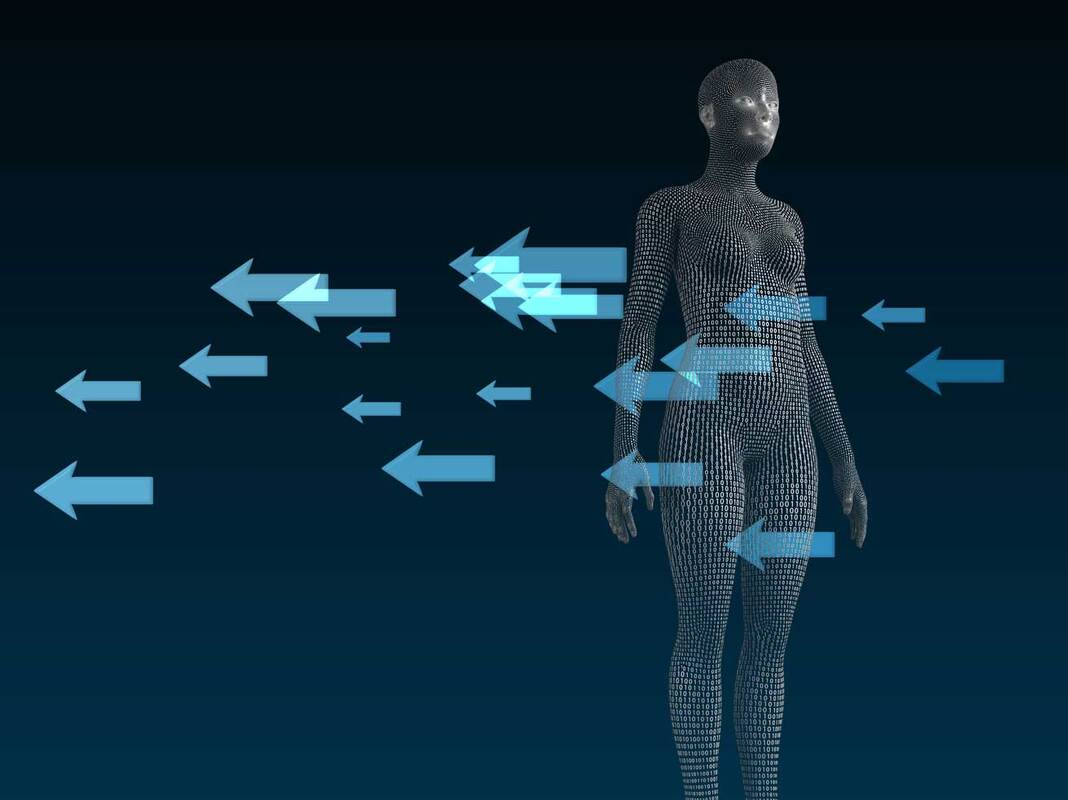
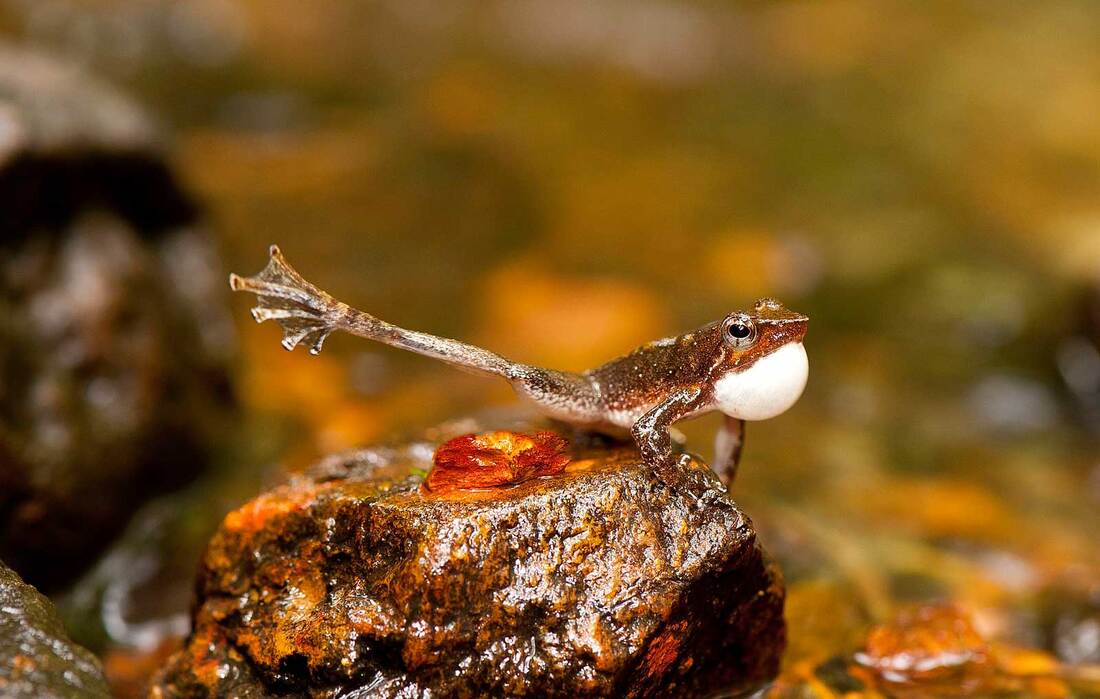
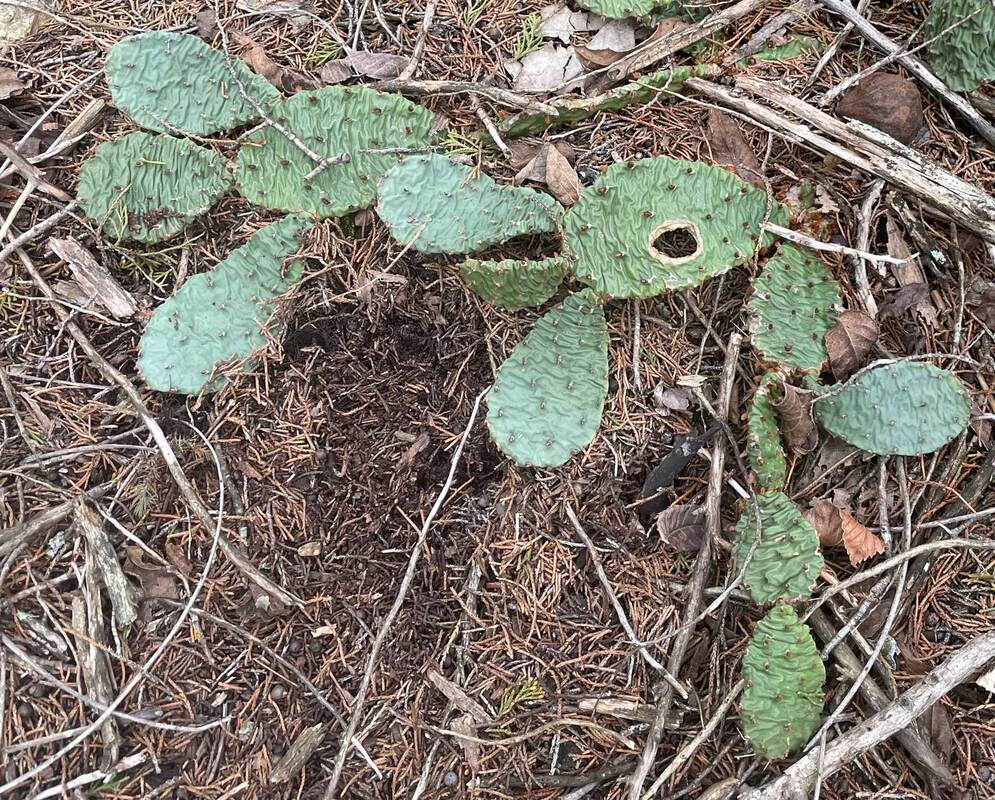
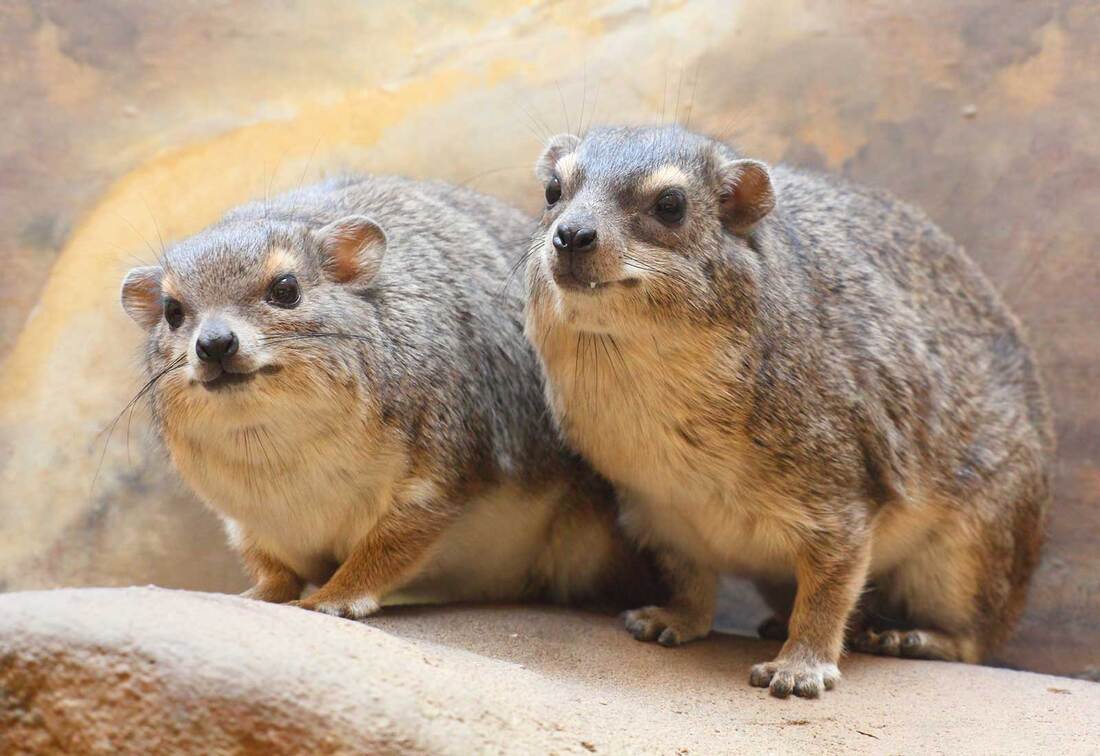


 RSS Feed
RSS Feed